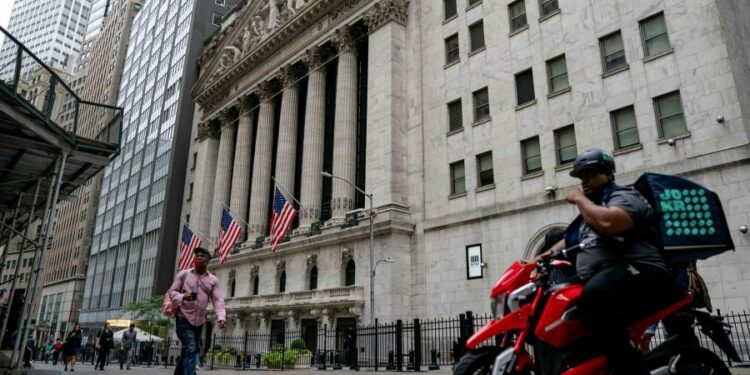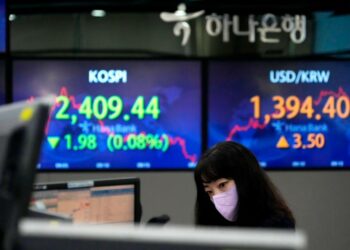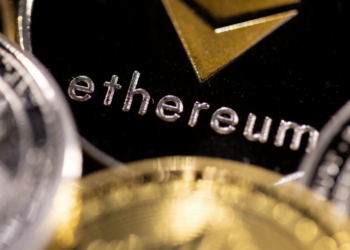Wall Street stock futures rose, Treasuries firmed in price and the dollar weakened on Wednesday as traders looked past data showing US inflation had reached its highest in almost 40 years to focus on expectations price rises would soon peak.
Futures contracts that wager on the direction of the blue-chip S&P 500 index added 0.5 per cent, while those tracking the technology-heavy Nasdaq 100 gained about 0.9 per cent.
The dollar fell against sterling, the euro and the South African rand, with an index measuring the US currency against six others dropping 0.3 per cent.
The yield on the benchmark 10-year US Treasury note fell 0.03 percentage points to 1.72 per cent. The two-year yield, which closely tracks interest rate expectations, was also steady at 0.9 per cent.
US consumer prices rose 7 per cent in December from the same month last year, up from an annual rate of 6.8 per cent in November, data published by the labour department on Wednesday showed. Its rise in December was the sharpest since June 1982 but in line with analysts’ expectations.
Prices rose 0.5 per cent in December from November, slightly quicker than the 0.4 per cent Wall Street economists had forecast.
“This is somewhat counter-intuitive to be sure, although there is a strong argument to be made that investors were positioned for a more dramatic response,” said Ian Lyngen, head of US rates strategy at BMO Capital Markets.
Testifying before the Senate banking committee on Tuesday, Federal Reserve chair Jay Powell pledged the central bank would tackle high inflation, and forecast that supply chain issues would ease this year and bring the rate of price rises down.
Following the data, traders continued to bet that the Fed would raise interest rates three or four times this year to about 1 per cent.
These calculations — implied by swaps markets and predicated on a widely held view that current high rates of inflation will fade out as global supply chain bottlenecks caused by the economic disruption of coronavirus lockdowns start to unwind — have been cited by investors as supportive for equity markets.
Despite a tumultuous start to the year, where the S&P 500 index fell for five out of seven sessions and the tech-heavy Nasdaq Composite briefly fell into a correction, the S&P closed on Tuesday at about 1.7 per cent below its all-time high.
“Yes there is a removal of accommodation coming,” said Tim Graf, macro strategist at State Street, speaking before the inflation data. “But does that make a meaningful difference to the financing environment for households and corporations?” he added. “We don’t think onerously so.”
Investors say US and European equity markets can withstand higher borrowing costs as long as economic strength boosts companies’ earnings and inflation peaks.
“The fourth-quarter earnings season could also provide a catalyst for the next bounce,” said Luca Paolini, chief strategist at Pictet Asset Management.
If higher inflation expectations caused a rise in 10-year Treasury yields, which could, in turn, lower what investors pay for each dollar of a company’s future cash flows, “then equities will struggle”, he said.
Elsewhere in markets, Europe’s Stoxx 600 share index added 0.6 per cent and London’s FTSE 100 gained 0.7 per cent. Hong Kong’s Hang Seng index closed 2.8 per cent higher, with its technology sub-index achieving its biggest daily gain since October.











